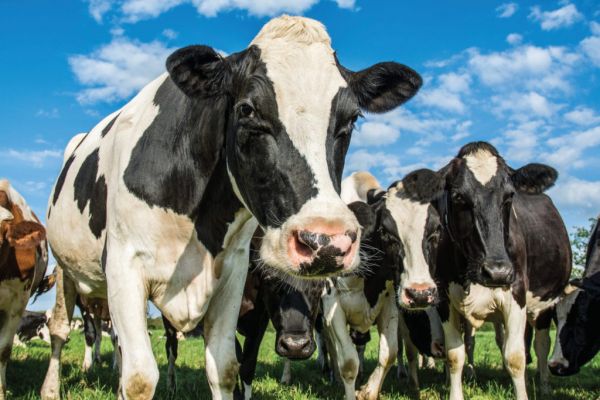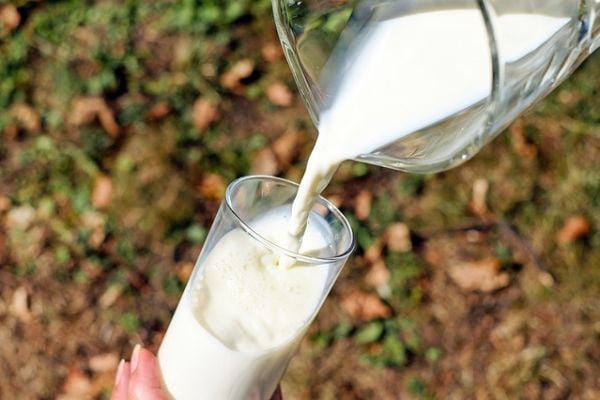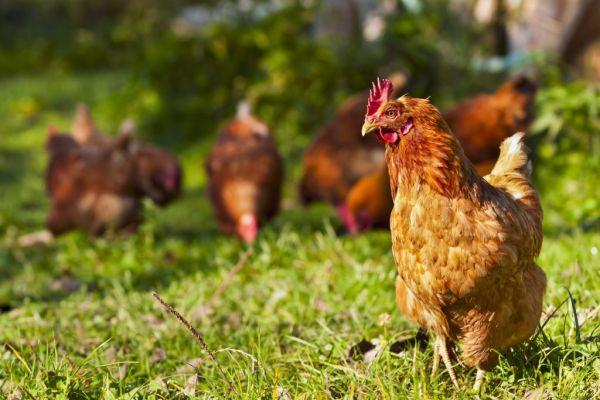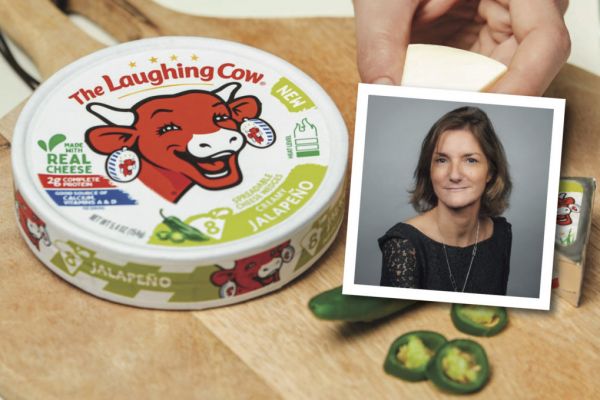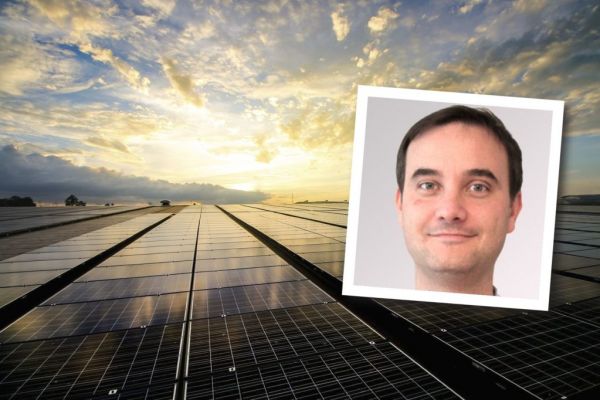With spring now in full bloom, Nick Peksa examines the influence that recent climactic conditions – and pricing issues – have had on the dairy sector in this month's Buyer's Brief. This article first appeared in ESM's May/June 2024 edition.
The emergence of spring brings with it the promise of renewed growth and productivity in the dairy industry, much like the transformation captured in the old British proverb ‘March winds and April showers bring forth May flowers.’
This sentiment highlights the pivotal role of seasonal transitions in agricultural cycles. With regards to milk production, this transition is marked by what is commonly referred to as the ‘spring flush’. This phenomenon occurs as conditions become favourable for cool-season grasses to emerge from dormancy, typically when soil temperatures range between 12 to 17 degrees Celsius.
However, preceding this spring optimism, large parts of Western, Northern and Eastern Europe endured exceptionally wet conditions during autumn. The persistent wetness not only hindered crop development, but also created obstacles for farmers in accessing and tending to their fields, resulting in increased input costs, as many farmers were delayed in shifting their cows from indoor barns to outdoor pasture. Additionally, farmers have been forced to supplement silage and hay with manufactured feeds, thus increasing costs.
Is this setting the stage for potential dairy product price hikes in the coming months?
Fluctuating Milk Prices
For many years, the European dairy industry has been grappling with several challenges, predominantly based around fluctuating milk prices, however, the most recent concerns have been based around rising input costs.
Farmgate milk prices, comprising weighted averages of various dairy products, have been impacted by inconsistent macroeconomic trends, with prices for many dairy products soaring by 30% to 60% during 2021 and 2022 – reaching record highs in mid-2022.
However, consumer affordability issues have led to a decline in demand and, subsequently, milk prices.
When the price of raw milk is high, input costs can be absorbed more readily; however, with lower milk prices, many farmers are now struggling to cover their input costs of feed, fuel and energy. This, in turn, is causing financial stress and driving some farmers out of business. For example, milk deliveries in the UK for the 2023-24 season ended in a seven-year low.
Long-Term Herd Decline
The EU dairy herd has been in decline since 2017. In 2022, the European Union’s dairy cow population stood at 20.1 million head – a slight decrease of 0.6% from the previous year. Germany and France, collectively, account for over a third of these cows, with Germany leading the way, with 3.8 million cows (representing 17% of the EU’s total).
However, both countries recently experienced declines in cow numbers due to the previously mentioned low milk prices and high production costs. France recorded the largest decline across all member states, with 91,170 fewer cows, compared to the previous year (a decrease of 2.7%).
In the fourth quarter of 2023, EU dairy product availability continued to decline, compared to the same period in 2022, with decreases in production and increased exports tightening supplies. EU milk deliveries eased by 1.7%, year on year, in Q4 2023, leading to reduced dairy product output. Lower prices made EU dairy products more competitive in the export market, however, overall demand remained subdued, thanks primarily to the inflationary pressures affecting consumers.
Looking ahead, regulatory measures such as the Dutch government’s nitrogen emissions cap and Ireland’s proposed scheme to encourage dairy herd culls are anticipated to further restrict supply and potentially force some closures and consolidation at a grassroots level. Fresh-milk prices are currently lower, year on year, in all EU member nations, apart from Latvia and Lithuania.
Spring Is Here
Despite a slow start to the year, EU milk production has since rebounded, with weekly milk intakes surpassing 2023 levels in several countries. Week 13 milk collections in Germany were 0.7% higher than in 2023, while France saw a 1.3% increase.
Milk prices have remained relatively stable in the first three months of 2024, averaging close to mid-€40 per 100kg since the start of the year. Cream prices are trending higher due to robust demand for butter and fresh cream products, while skimmed-milk concentrate prices have softened due to sluggish demand for milk powders alongside higher-than-expected milk supplies.
Ending Thoughts
Everybody hopes that the spring flush continues, and that it is not replaced by a ‘spring flood’, as increased deluges will undoubtedly lead to higher prices. Although the European milk price can be perceived as reasonably high, historically, it may still be too low to counteract the increased input costs being experienced by dairy farmers.
While milk availability is currently good, there are indicators suggesting that dairy prices may rise across almost all categories in the spring and summer. The demand for butter and cream in Europe is increasing, and butter inventories are already quite tight.
With global economic conditions improving, there is growing demand for cheese from Australia, China, the UAE and the US. Import demand for milk powder from the Middle East is rising, while New Zealand’s milk supplies are about to come under pressure from El Niño. All of these factors point towards an increase in the price of raw milk and corresponding dairy products.
For more information, contact [email protected]
This article first appeared in ESM's May/June 2024 edition.
